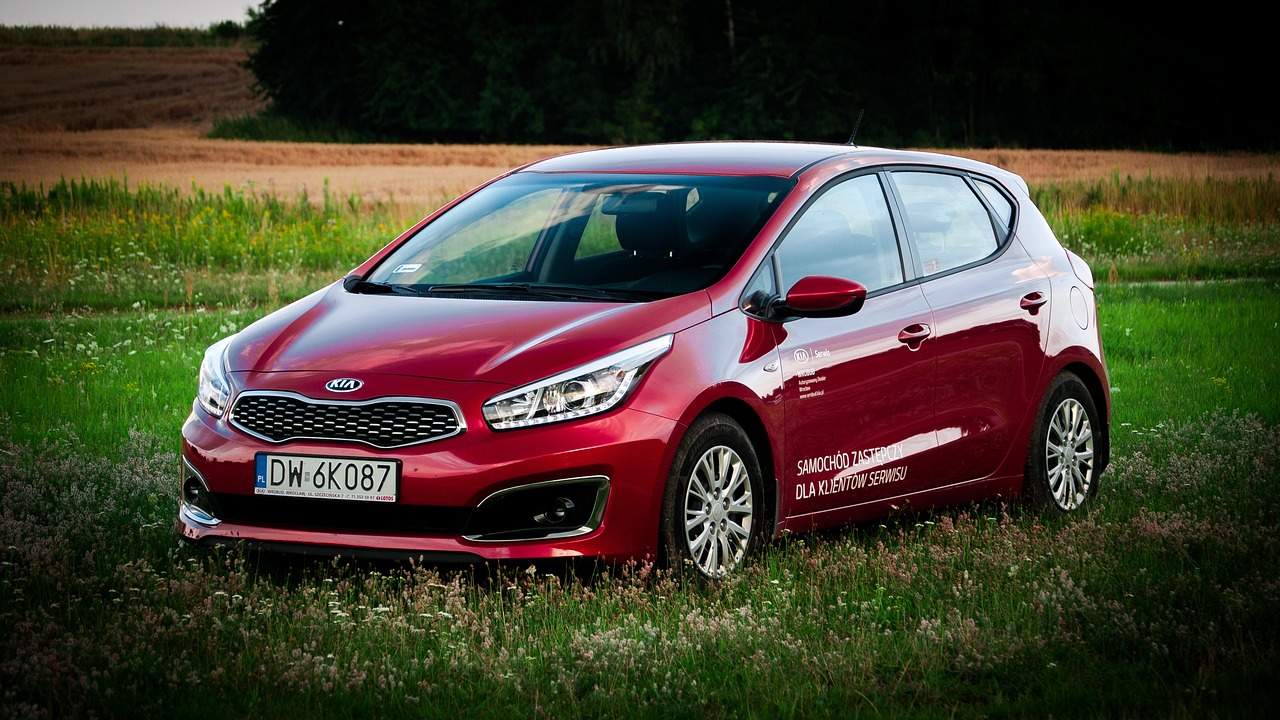Exploring the Potential of Vehicle-to-Grid (V2G) Integration in Renewable Energy Systems
Vehicle-to-Grid (V2G) technology offers a dynamic solution for the interaction between electric vehicles (EVs) and the power grid. It enables bi-directional energy flow, allowing EVs to not only draw electricity from the grid but also to feed excess energy back into the grid. This two-way communication capability is made possible through smart charging infrastructure and communication protocols that facilitate efficient energy exchange.
By integrating V2G technology into the grid, EVs can act as mobile energy storage units, contributing to grid stability and resilience. This technology not only optimizes energy consumption but also opens up opportunities for decentralized energy management. As the transportation sector increasingly transitions towards electrification, V2G technology presents a promising avenue for harnessing the potential of EV batteries to support renewable energy integration and grid balancing.
Benefits of Integrating V2G in Renewable Energy Systems
The integration of Vehicle-to-Grid (V2G) technology in renewable energy systems offers a range of benefits. One key advantage is the ability to enhance grid stability by providing both energy storage and flexibility in the management of energy supply and demand. This can help in reducing instances of grid congestion and in efficiently balancing the variability of renewable energy sources such as wind and solar power.
Moreover, integrating V2G in renewable energy systems can lead to cost savings for both electric vehicle owners and the grid operators. By allowing electric vehicles to not only draw energy from the grid but also to supply excess energy back to the grid during peak demand periods, V2G technology enables vehicle owners to potentially earn revenue through energy trading. Additionally, this two-way energy flow can support grid operators in reducing infrastructure costs and in optimizing the utilization of renewable energy resources.
Challenges and Barriers to V2G Implementation
One of the primary challenges hindering the widespread implementation of Vehicle-to-Grid (V2G) technology is the lack of standardization across various stakeholders in the energy sector. Different countries and regions have varying regulations, grid infrastructure, and market structures, making it difficult to establish a uniform framework for integrating V2G systems seamlessly. This lack of harmonization can lead to interoperability issues, delays in V2G deployment, and increased costs for both industry players and consumers.
Additionally, the upfront costs associated with deploying V2G infrastructure pose a significant barrier to its adoption on a larger scale. Building the necessary charging infrastructure, grid connections, and communication systems can require substantial investments that may deter potential investors and limit the expansion of V2G projects. Moreover, the complexity of integrating V2G technology with existing grid systems and ensuring compatibility with different vehicle models further adds to the financial burden and technical challenges faced by stakeholders in the energy and transportation sectors.





